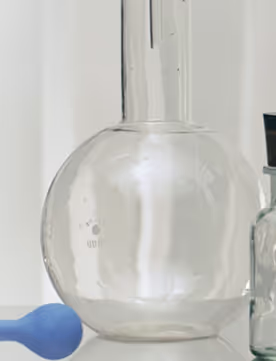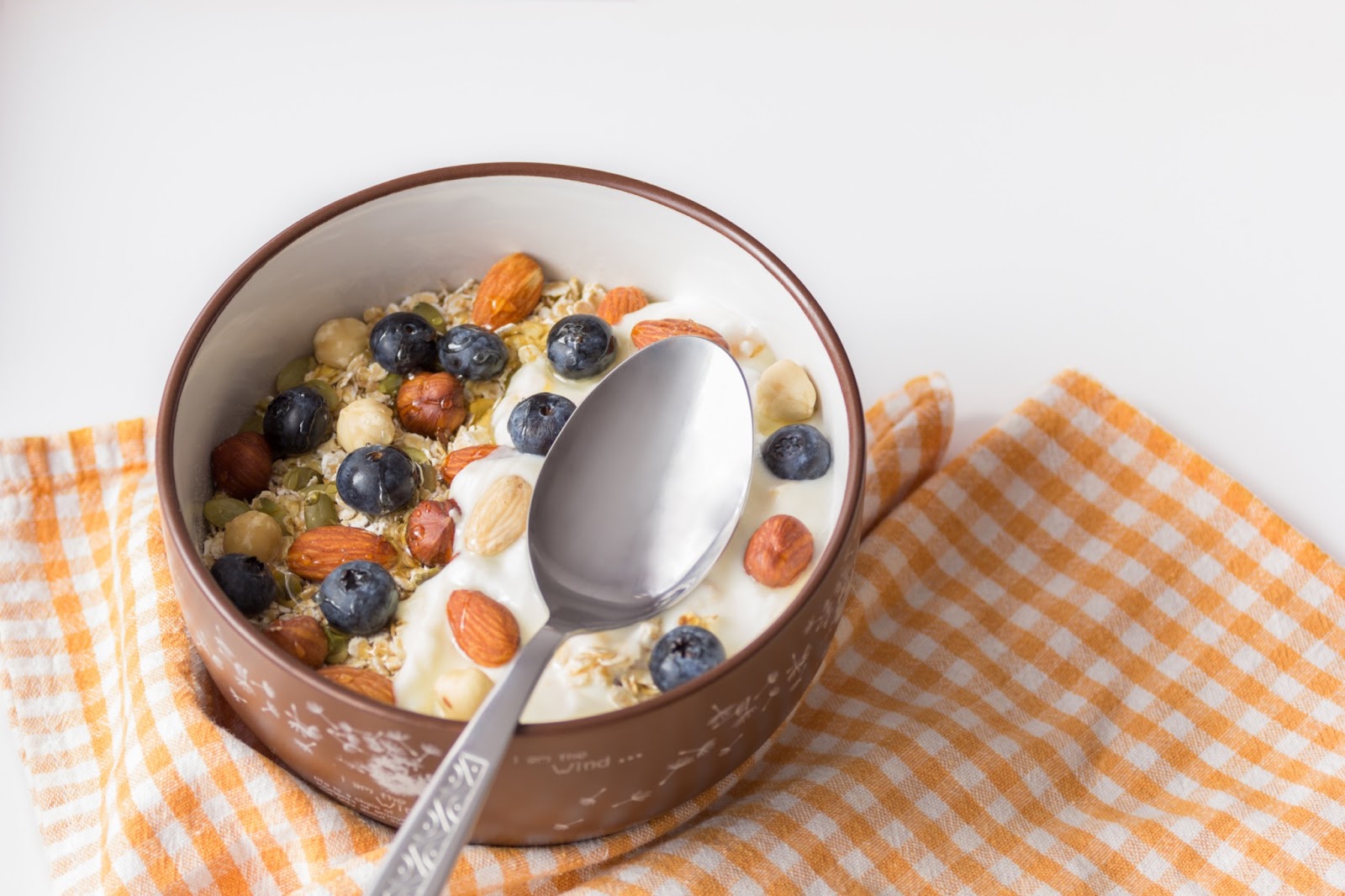The gut microbiome influences many aspects of our health, from appetite to energy to how we respond to illness. Ensuring we have a robust and diverse gut microbiome is one way to maintain good health. We can alter the makeup and diversity of our gut microbiota with probiotics, living microorganisms that benefit health.
Research is promising on the use of probiotics for inflammation and autoimmune disorders, with their positive effects specific to both bacterial strain and health condition. But when is the best time to take probiotics, and how should these supplements be taken for us to reap the benefits? In this article, we’ll discuss all things probiotics — the health benefits, why these microbes should be part of your supplement regimen, and the best time to take probiotics. (Source, Source)
The Gut Microbiome
The human gastrointestinal tract is home to an estimated 100 trillion microorganisms, including bacteria, fungi, and viruses, that make up our gut microbiome. Environmental factors such as diet, medications, method of birth, and individual body measurements and structure contribute to our microbiota composition. Thankfully, a healthy microbiome adapts and responds to these environmental factors. (Source, Source)
What Are Probiotics?
Probiotics Are Living Microorganisms
Probiotics are living microorganisms that benefit health when taken in adequate amounts, although not all microbes are probiotics. Probiotics found in dietary supplements and some kinds of cultured foods provide beneficial bacteria to the small intestine and the colon. There are many strains of probiotics, each with different health effects. (Source, Source, Source)
For a microorganism to be used as a probiotic, it must meet the requirements for safety, functionality, and usefulness. Functionality refers to the ability of the microorganism to survive its journey from the mouth to the gut, and its ability to retain its health properties when being manufactured into a consumable product. Usefulness refers to whether the microorganism is easy to produce and whether it is stable in the final probiotic product. And for safety, a probiotic must not be antibiotic resistant and must not be expected to cause infection. (Source)
There Are Many Strains of Probiotics
Some of the most common probiotics belong to the Lactobacillus and Bifidobacterium genuses. Both groups are among the first microbes to colonize the gut following a vaginal birth, and there is evidence they are transferred from mother to baby through breast milk. Strains from the Lactobacillus and Bifidobacterium groups have been associated with positive effects on health such as promoting immune function, strengthening the gut barrier, and inhibiting the growth of pathogens. (Source, Source, Source)
Lactobacillus inhabits the mouth, intestines, and vagina. It can withstand the stomach’s acidic environment, so it is ideal for use in probiotics. Lactic acid produced by Lactobacillus is also used to cultivate cheese, yogurt, and other fermented foods. Bifidobacterium, found in the intestinal tract, vagina, and mouth, ferments complex carbohydrates to contribute to digestion. (Source, Source)
Saccharomyces boulardii, a species of yeast, is frequently used as a probiotic and is naturally resistant to antibiotics, stomach acid, and digestive enzymes. (Source)
Sources of Probiotics
Food Sources
Knowing how much of a probiotic you are getting from food is tricky. Probiotics in food products are often in the form of free cells (probiotics that have not been encapsulated to protect the microorganisms), meaning they are more susceptible to destruction as they move through the digestive tract. Food labels are not required to list the quantity of probiotics in a product. The food matrix — the microscopic structural arrangement and interaction of molecules found in foods — can influence the digestion, survival, and health benefits of probiotic food sources. (Source, Source, Source)
Live microorganisms are used to ferment food products such as yogurt, cheese, sourdough, and kimchi, among other items. Food processing after fermentation can destroy live cultures, though, so products such as sourdough and pickles end up not containing live microorganisms.
Even in unprocessed fermented foods, we may not get the health benefits associated with live microorganisms. Some fermented food products, including kimchi, kombucha, miso, and sauerkraut, do not contain proven probiotic microorganisms. Furthermore, some live microorganisms that help stabilize fermented products are destroyed during digestion. However, some probiotic strains in foods such as yogurt can survive the digestive tract. (Source)
Supplements
Supplements provide a targeted and effective way to consume probiotics. Supplements are formulated for microbial strain and strength to ensure viability (the ability to survive). Some microbial strains have a greater survival rate than others, so more probiotics reach the intestines. Many supplements come in the form of beads, capsules, and tablets with enteric coatings. These protective coatings help probiotics survive the harsh conditions of the digestive tract. (Source)
What Do Probiotics Do for Us and Why Should We Take Them?
Health Benefits of Probiotics
Probiotics are important for sustaining a healthy gut microbiome. Gut dysbiosis, an alteration in gut microbiota, has been linked to multiple health conditions. Probiotics help restore the composition of gut microbiota, increasing microbial diversity and supporting beneficial bacteria. By strengthening our gut lining, probiotics support a healthy digestive tract and may help prevent leaky gut syndrome. (Source, Source, Source)
Probiotics may also help manage food allergies, fungal infections, and dental cavities. Antibiotic therapy can take a toll on the gut microbiome, causing gastric upset and diarrhea, and probiotics may help restore normal microbial balance. Independent of the gut microbiome, probiotics boost vitamin and mineral absorption. Some probiotic strains are even natural producers of B vitamins. (Source, Source)
Research has shown that probiotics may have a beneficial effect on improving heart and metabolic health (the ability to process and generate energy), reducing inflammation, and preventing upper respiratory infections. Markers of metabolic syndrome — body mass index, fasting blood glucose, and cholesterol levels — have been shown to improve following probiotic supplementation. Probiotics may help increase the body’s immune response to pathogens, and may inhibit the release of inflammatory cytokines, small proteins involved in cell signaling, while activating anti-inflammatory cytokines. (Source, Source,, Source)
How Do Probiotics Work?
Probiotics have many ways of working in the body. They act beyond the microbiome, exerting a holistic effect on health through immunomodulation and affecting pathogen growth.
- Probiotics act as antagonists by releasing antimicrobial substances. As an antagonist, probiotics interfere with the normal growth and behavior of other, usually pathogenic, bacteria. Probiotics secrete substances that make the gut environment unwelcoming to pathogens, preventing these organisms from settling and wreaking havoc on our bodies. (Source, Source)
- Probiotics compete with pathogens to attach to the intestinal lining and for nutrients. There is limited space available for bacteria to colonize in our intestines; by adhering to our intestinal lining, probiotics limit the space available for pathogens. Probiotics and pathogens also need the same nutrients, and a vigorous community of beneficial microorganisms helps deprive the harmful ones of needed food. (Source, Source)
- Probiotics are involved in immunomodulation, influencing the body’s response to inflammation and stimulating phagocytosis, a process by which viral or infected cells are engulfed and destroyed. (Source, Source)

.avif)
%20(1).avif)
%20(1).avif)

.avif)













.avif)

%2520(1).avif)


